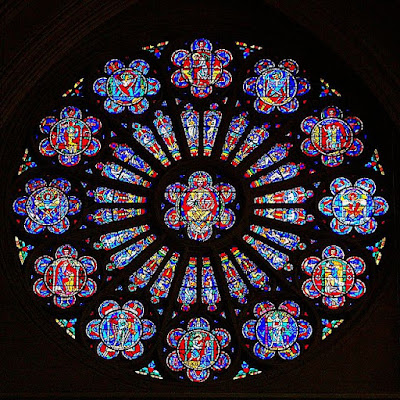Rowan LeCompte never forgot the day his life was changed. It was July 1, 1939, he was 14 years old and was visiting Washington with an aunt. Through the window of a taxicab, Mr. LeCompte saw a building that left him transfixed. It was Washington National Cathedral, with its slender Gothic spires ascending to the heavens.
Under construction for 32 years, it was far from finished. Scaffolding lined the walls, columns were incomplete and temporary buildings were covered with tar paper.
But within the cathedral’s walls, Mr. LeCompte found a world
of wonder. The darkness was brightened only by flickering candles that gave off
the scent of wax; an organist was playing Handel; and the north rose window,
Mr. LeCompte recalled, appeared to be “floating in the dark.”
“It was a magic, marvellous, dim, ravishingly beautiful place, and I was stunned,” he said in a 2009 NPR interview.
The cathedral became nothing short of an obsession. Mr.
LeCompte began to study its stained-glass windows and a little more than two
years later, he approached the cathedral’s architect, Philip Hubert Frohman,
with a design for a small window in an out-of-the-way chapel. The design was
approved on the spot, and Mr. LeCompte, aged 16, was paid $100.
From that day, Mr. LeCompte devoted his life to stained
glass in general, and to Washington National Cathedral in particular. It was
the only job he would ever have.
Stained glass may have been an ancient art, but Mr. LeCompte
saw his windows as an expression of his time. In one window he included small
images of ballistic missiles as a quiet protest against military proliferation.
In a depiction of the childhood of Jesus, Mr. LeCompte slyly included a self-portrait, modelling the face of Joseph after his own.
Thanks Frans







No comments:
Post a Comment